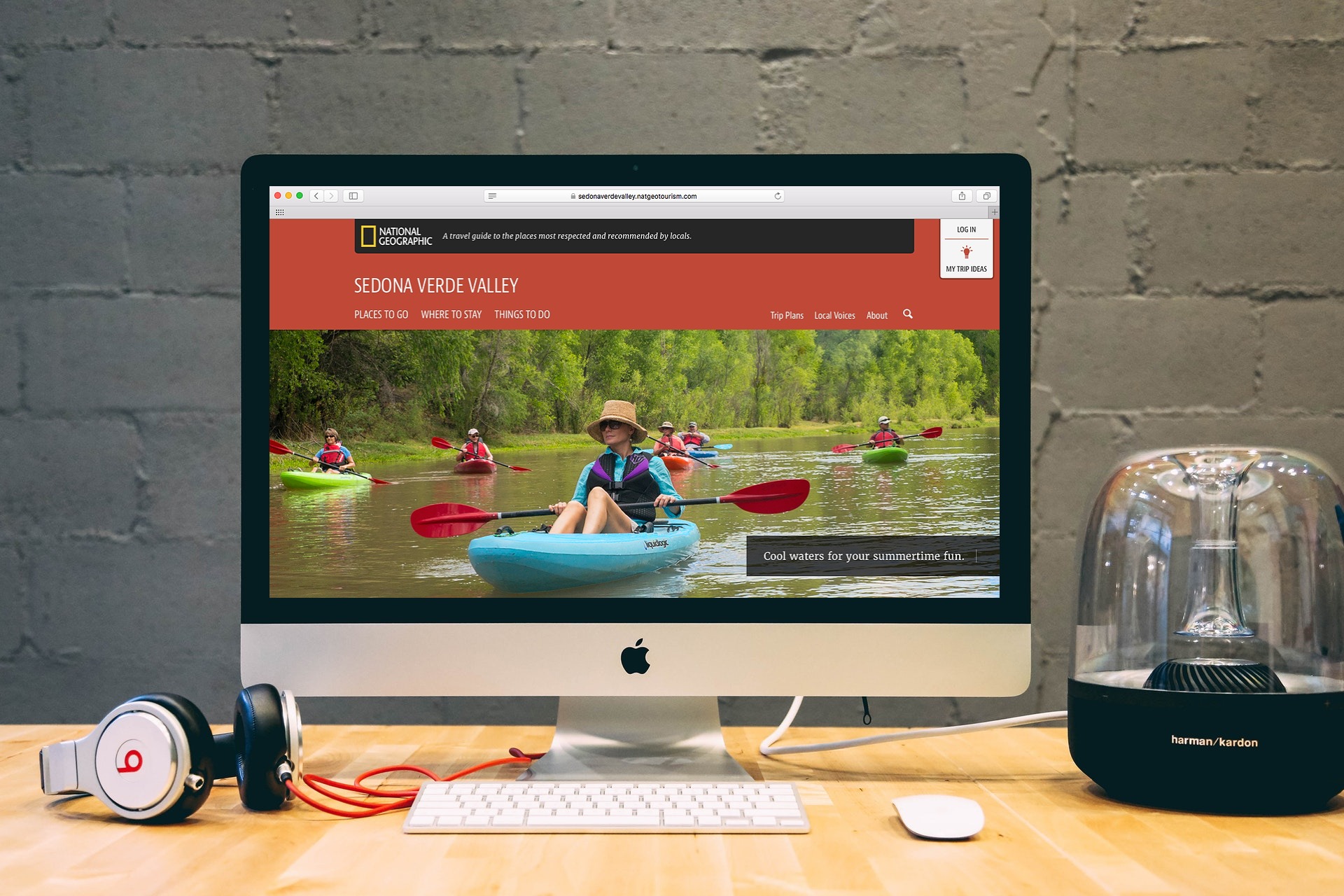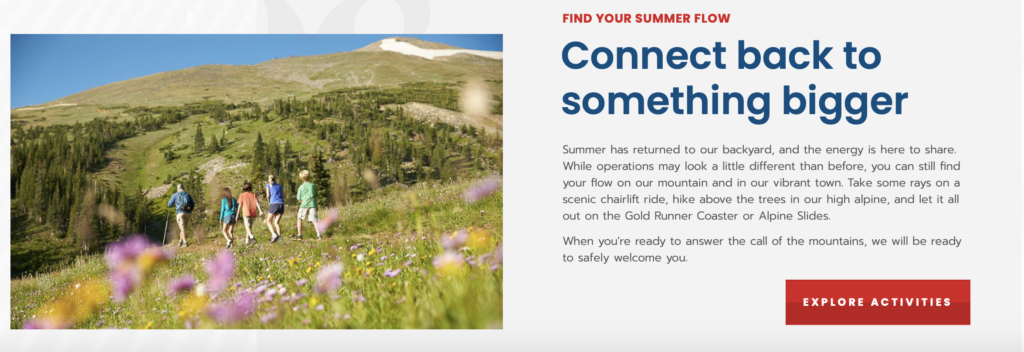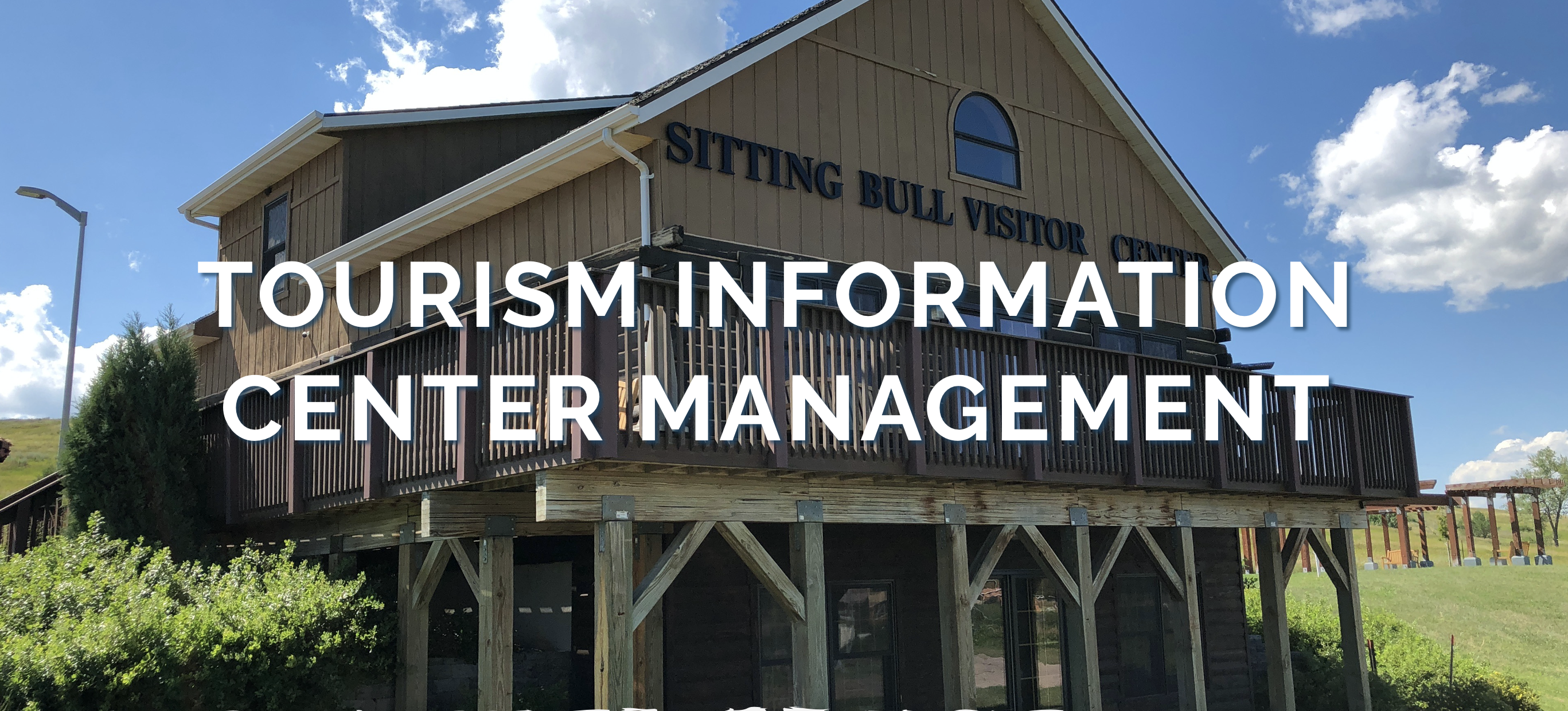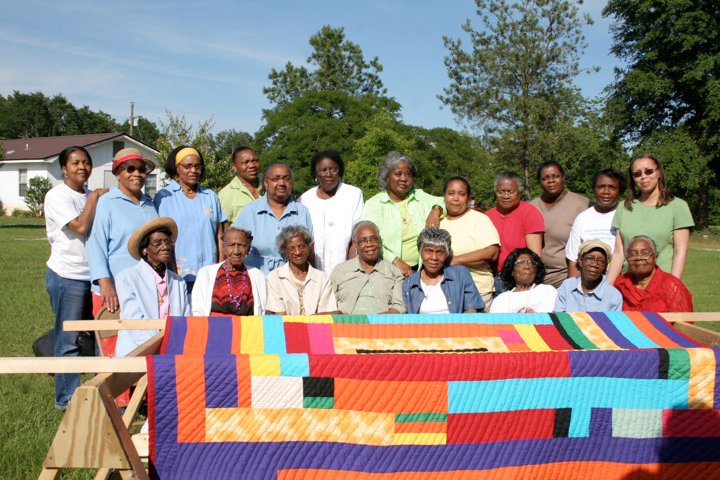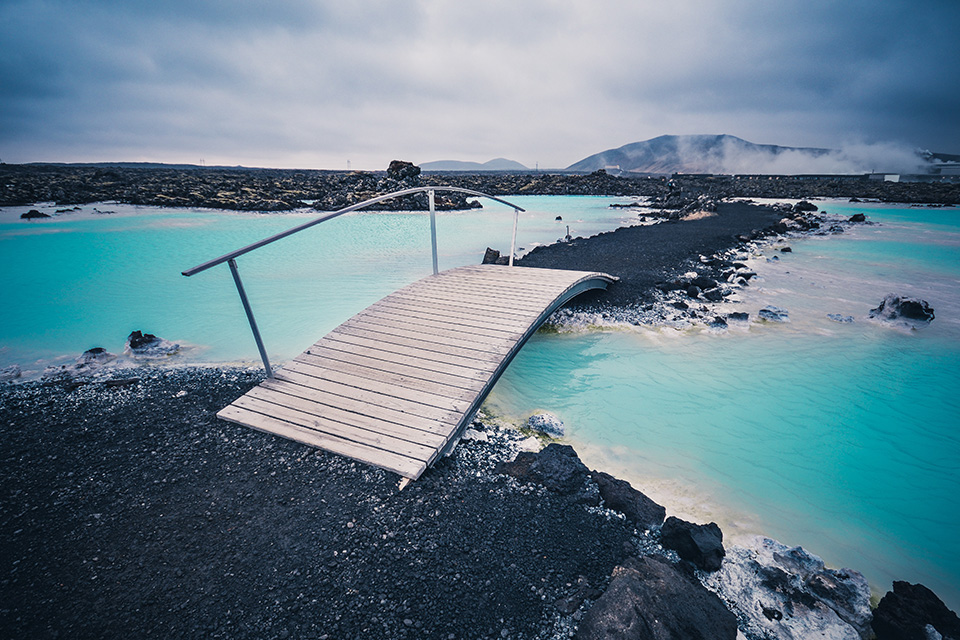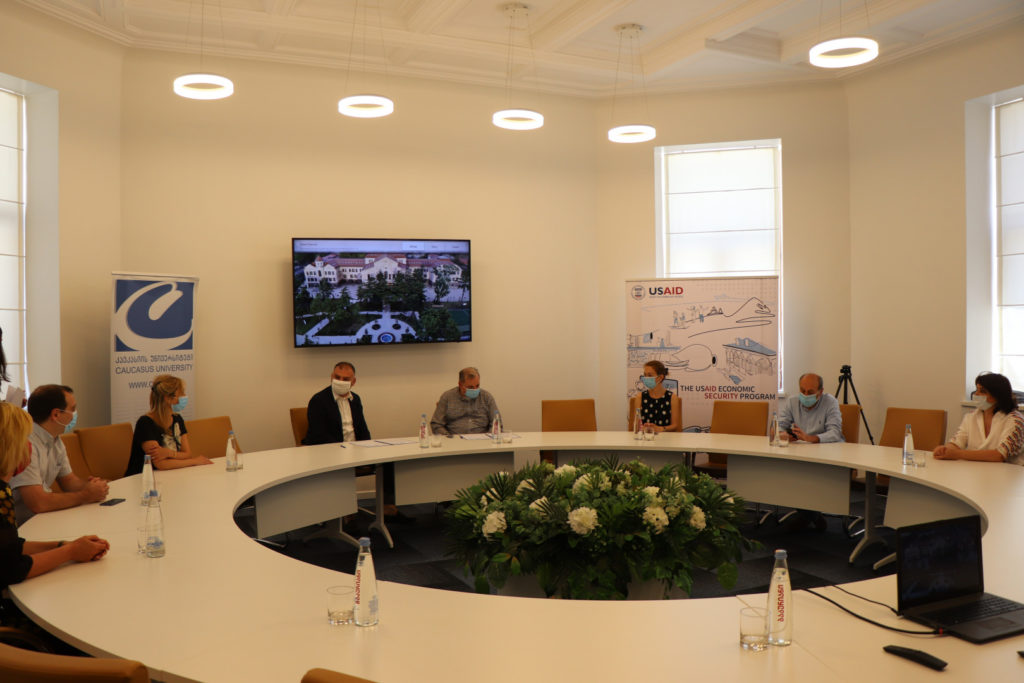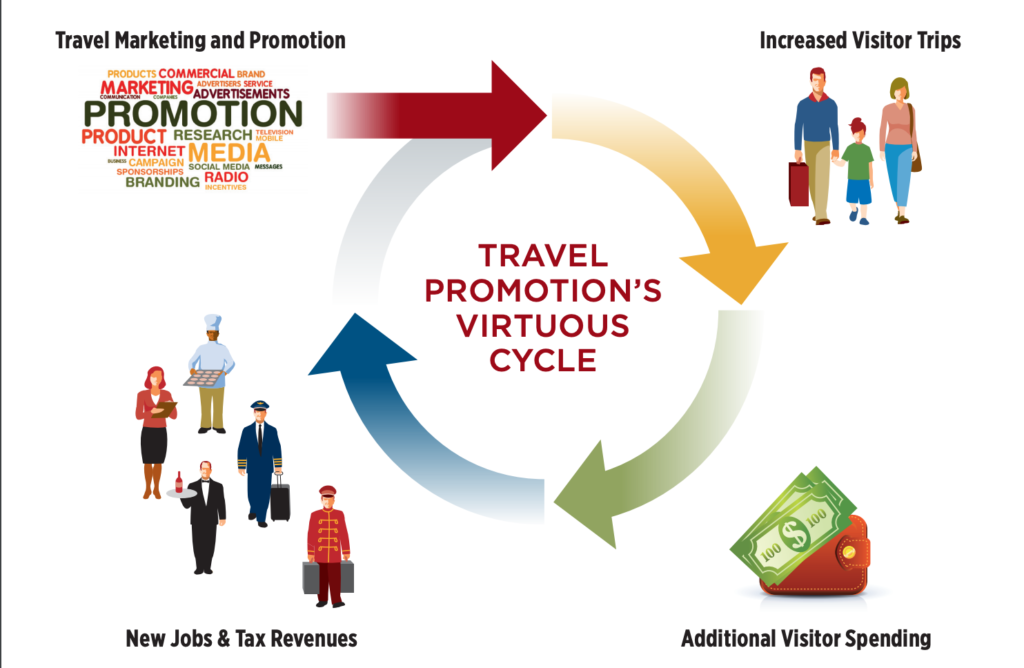As the Internet grows in popularity and usage around the world, so has its impact on destination marketing and on tourism as an industry. The web has changed how tourists search for information about destinations and plan trips and has paved the way for the business development of online travel agencies (OTAs) such as Expedia, Hotwire and Priceline. Other world-renowned companies like TripAdvisor, AirBNB, and Google Maps have also been major benefactors of the growth of internet marketing in tourism.
For DMOs, the Internet has become the major information dissemination and marketing tool. A DMOs website not only helps the organization market its destination, but it is also an important tool that provides benefits to its members.
Best Practices of DMO Website Development
In building and promoting a website, DMOs must remain fluid and continuously adapt to ever-changing tourism (and technological) trends. Remaining cognizant of this adaptivity will allow websites to remain up-to-date.
When updating your website, DMOs should follow these steps:
- Make an impression – To get the attention of a client, DMOs need to capture their potential client’s eye with a memorable experience. This may be anything from a well-formatted design to scenic pictures.
- Reinforce your tourism brand – DMO marketing experts need to showcase their brand essence. Consider what image the DMO puts forth and how you want to be perceived by potential visitors.
- Use your home page as a launch pad – The home page is the first thing that visitors see. Be sure to keep it updated and have relevant content.
- Use clear and easy navigation – Make sure that the site is organized in way that makes it easy for potential clients to navigate to the conversion page (which in this case would be the Book a Trip page). Content can be organized in many different ways (ie: places to visit, things to do, where to stay, etc). Test different ideas and find the best categorization for your destination.
- Highlight your seasons – Visitors want to travel to a region during its best and most beautiful seasons. When organizing your website, be sure to consider the different sites and activities in your destination for each season. For example, Breckenridge, Colorado is a ski destination but does a fine job highlighting its summer attractions in the middle of the year.
- Make sure you are speaking the language of your target markets – To attract more people, add more languages to your website.
- Geo-reference your content – Many people may not familiar with your destination, so make sure to utilize maps when promoting attractions and sites. This will allow the visitor to understand where they are and nearby points of interest around the area, creating an easier travel plan.
- Use blogging to create travel inspiration and increase web traffic – This is a great way to be the storyteller of your destination and provide visitors with inspiration and anecdotal stories.
- Let travelers provide social proof and real photos – User-generated content — real photos from real travelers — shows the uniqueness of destination through the eyes of its most important asset, it’s visitors.
How to Prepare and Plan for your Website Design/Development Project
Before building a website, DMO’s should first meet with its governing board to obtain buy-in and sign off on the site as the decision makers. After funding is established, a website team should be formed with a small group of leaders, each with different roles within the community’s tourism industry. From there, wireframes, a content model, and editorial calendars are to be developed to better outline the project. Use the tips stated above to organize all data before bringing the outline to a website developer.
It is important to identify any specific functionality that will be required by the DMOs website, such as forms, languages, user login, e-commerce, etc. Finally, it is imperative that a DMO request proposals from various web agencies to find the one that will best fit their needs and time restraints.
Our expert interview on this topic welcomed Wes Rhea, the CEO of Stockton CVB. Wes offered valuable insight into why it is essential for DMOs to design and operate their own website, and his words help to summarize this sometimes overwhelming topic. “DMOs need to position [themselves] as the expert of the destination and not give that power to anybody else.” Wes said. “You need to be able to tell your story in your own way”
